Medical Disclaimer: This article is for informational purposes only and does not constitute medical advice. The decision to feed a raw food diet for dogs should be made in consultation with a qualified veterinarian who can assess your dog’s individual health needs. Always seek the direct advice of your veterinarian with any questions you may have regarding your pet’s medical condition.
Table of Contents
Key Takeaways
Thinking about a raw food diet for dogs? Here’s what you need to know first. Proponents often claim benefits like a shinier coat, cleaner teeth, and more energy. However, these diets carry significant, scientifically-documented risks. The primary concern is bacterial contamination (like Salmonella and E. coli), which poses a threat to both pets and humans. Nutritional imbalances are also a major issue, especially with homemade diets, potentially leading to serious health problems. Furthermore, whole bones can cause dental fractures or life-threatening gastrointestinal obstructions. While some commercial raw diets aim for safety and balance, strict handling is crucial. Before making any changes, it is essential to consult your veterinarian to discuss the potential risks of a raw food diet for dogs and ensure it’s the right choice for your pet and family.
As an Ottawa veterinarian, one of the most common topics my clients ask about is nutrition. You want the absolute best for your furry family member, and the idea of a “natural” diet is very appealing. The conversation around a raw food diet for dogs has grown louder over the years, and I understand the desire to feed your dog something that seems closer to what their ancestors ate.
But what does the science say? Let’s take a calm, evidence-based look at the raw food diet for dogs, exploring both the potential upsides and the very real risks I’ve seen in my practice.
What Exactly is a Raw Food Diet for Dogs?
You can also visit: https://doglifeexpert.com/grain-free-dog-food-and-heart-disease/

At its core, a raw food diet for dogs involves feeding uncooked ingredients. This typically includes muscle meat, organs, and bones, often supplemented with other foods like fruits, vegetables, eggs, and dairy. The philosophy behind this approach is to mimic the diet of wild canids, with the belief that this is a more biologically appropriate way of feeding.
It’s not just about tossing a steak into a bowl. There are two main models that followers of the raw food diet for dogs typically use:
The BARF and PMR Models: More Than Just Raw Meat
- BARF (Biologically Appropriate Raw Food): This model is arguably the most popular. It includes raw meat, bones, and organs, but also incorporates a mix of fruits, vegetables, and sometimes supplements. The goal is to create a complete nutritional profile that isn’t solely reliant on animal products.
- PMR (Prey Model Raw): This approach is more restrictive. It aims to replicate the composition of a whole prey animal. A typical PMR diet consists of about 80% muscle meat, 10% bone, and 10% organ meat, with a specific 5% of that organ meat being liver.
Understanding these models is key because they highlight that a properly formulated raw food diet for dogs requires careful planning to avoid nutritional pitfalls.
The Purported Benefits: Why Are Pet Owners Interested?
Clients who switch to a raw food diet for dogs often anecdotally report positive changes. While large-scale scientific studies confirming these benefits are lacking, the commonly cited advantages include:
Shiny Coats and Healthy Skin
This is perhaps the most frequent improvement owners mention. Raw diets are often rich in fatty acids, which are crucial for skin and coat health. A diet high in quality fats can indeed lead to a glossier, healthier-looking coat.
Cleaner Teeth and Fresher Breath
The theory here is that the abrasive action of chewing on raw meaty bones helps scrape plaque off the teeth. While this can have some mechanical cleaning effect, it’s not a substitute for regular dental care and, as we’ll discuss, comes with its own set of risks.
Increased Energy and Vitality
Some owners feel their dogs have more energy after switching to a raw food diet for dogs. This could be attributed to the high protein and fat content, which are efficient energy sources for canines. However, any high-quality, balanced diet should provide your dog with the energy it needs to thrive.
A Veterinarian’s Perspective: The Documented Risks of a Raw Food Diet for Dogs
While the benefits remain largely anecdotal, the risks associated with feeding a raw food diet for dogs are well-documented in veterinary literature. As a practitioner, my primary duty is to “first, do no harm,” which is why these risks are at the forefront of my mind.
The Big One: Bacterial and Parasitic Contamination

This is, without a doubt, the most significant concern. Raw meat, even human-grade products, can be contaminated with harmful bacteria. The Merck Veterinary Manual provides a clear overview of these risks, listing Salmonella, E. coli, Campylobacter, and Listeria as common culprits.
Dogs may not always show signs of illness from these bacteria, but they can become carriers, shedding these dangerous pathogens in their faces and saliva. This creates a public health risk, especially for children, the elderly, or immunocompromised individuals in the household.
I remember a case in my Ottawa clinic involving a family with two young children whose beloved Labrador, “Moose,” was on a homemade raw food diet for dogs. The dog developed severe, bloody diarrhoea. We diagnosed him with salmonellosis, and unfortunately, one of the toddlers also became ill. It was a stressful situation that highlighted how pet health and human health are directly linked. A 2018 study published in the Journal of the American Veterinary Medical Association confirmed this risk, finding a significant percentage of commercial raw food diets were contaminated with bacteria.
Nutritional Imbalances: Getting the Recipe Wrong
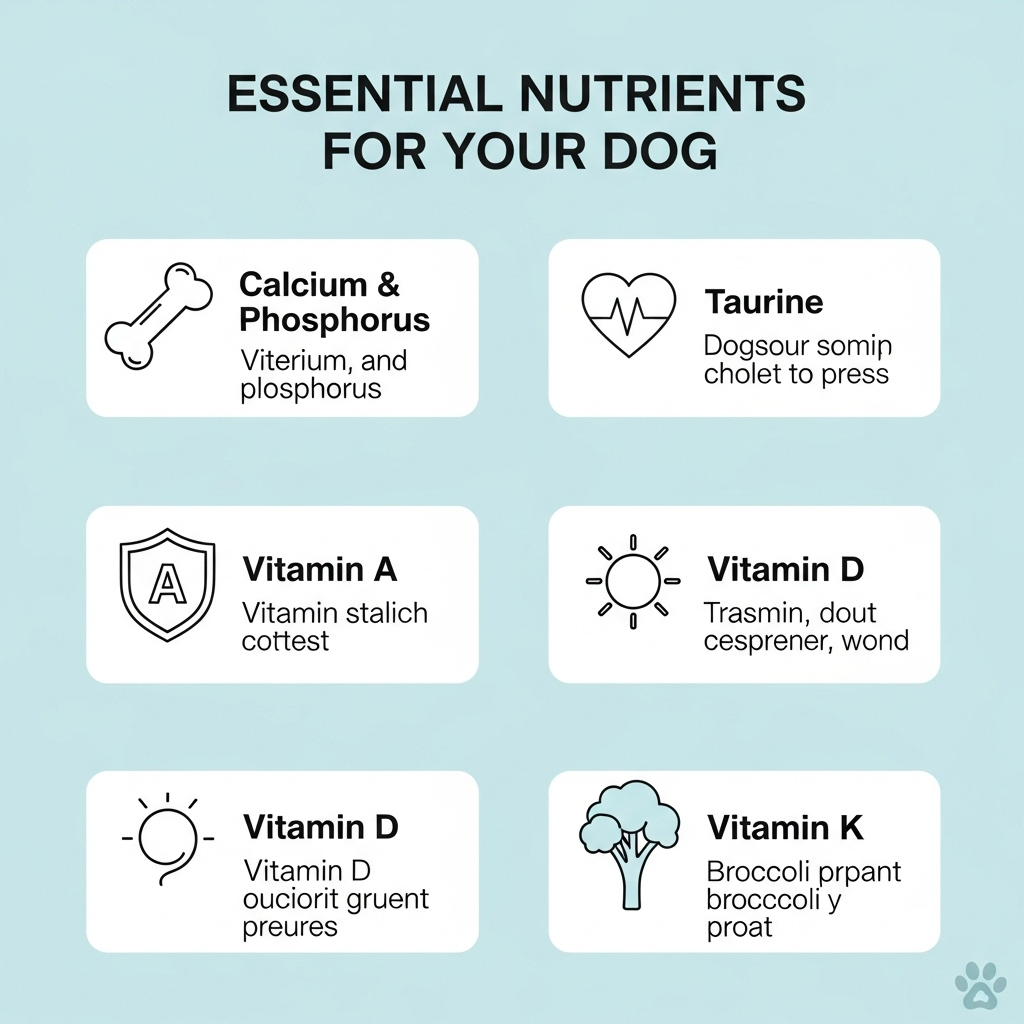
Creating a complete and balanced diet from scratch is incredibly difficult. It requires expert knowledge of canine nutritional requirements, which go far beyond simple protein and fat percentages. Many homemade raw food diets are deficient in essential nutrients.
A German study that analysed numerous homemade diets found that the majority had significant nutritional imbalances, particularly with calcium and phosphorus ratios, which are critical for bone health. An improper ratio can lead to severe skeletal abnormalities in puppies or brittle bones in adult dogs. This is why consulting a board-certified veterinary nutritionist is vital if you are committed to a homemade raw food diet for dogs.
The Dangers of Bones: Dental Fractures and GI Obstructions
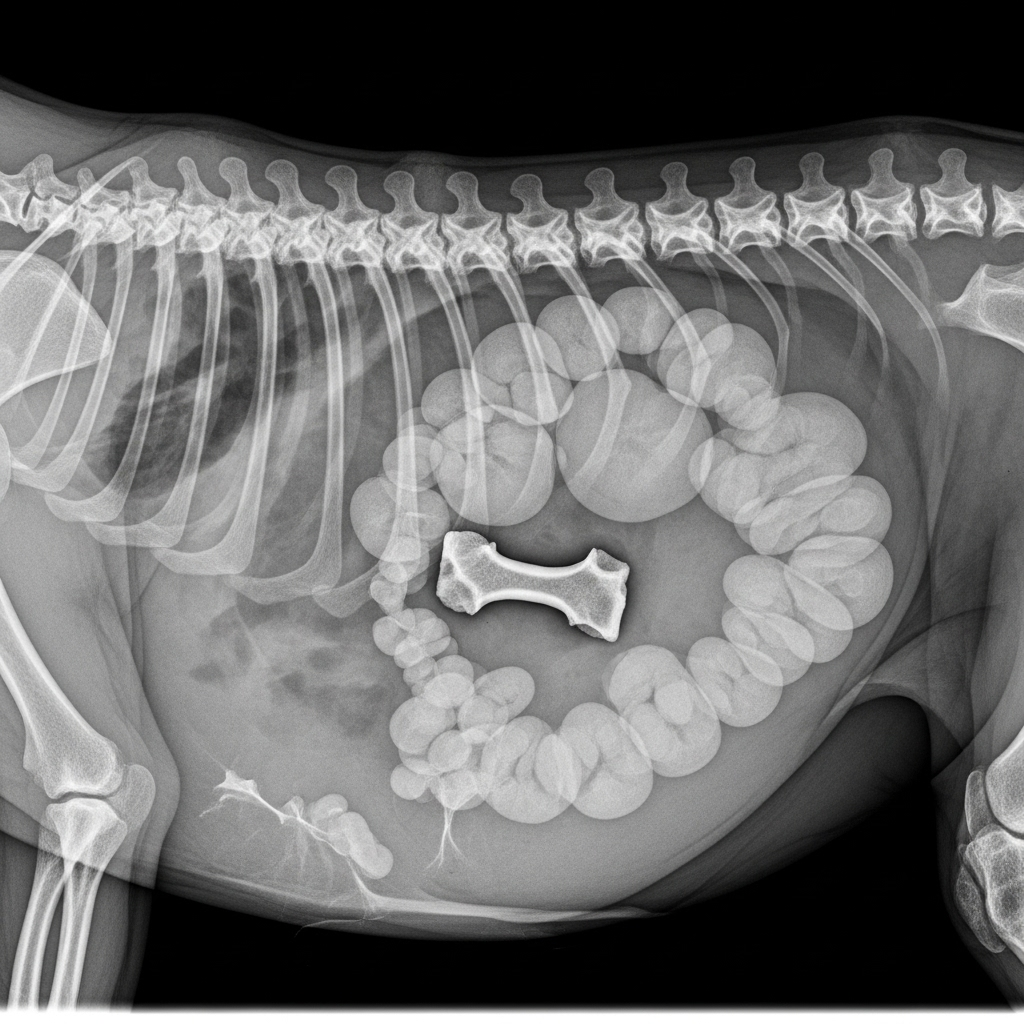
While bones can provide some dental cleaning action, they also pose a serious threat. I have seen countless slab fractures of the major chewing teeth (the carnassials) caused by dogs crunching down on hard bones. These are painful injuries that often require surgical extraction.
Even more dangerous is the risk of gastrointestinal issues. Bone fragments can cause constipation, get stuck in the esophagus, or lead to a life-threatening intestinal perforation or obstruction. These are true surgical emergencies. According to established veterinary texts like Blackwell’s Five-Minute Veterinary Consult, foreign body obstruction is a critical emergency, and bones are a frequent cause.
Is There a Safe Way to Feed a Raw Food Diet for Dogs?
If, after considering the risks, an owner is still set on this path, my role shifts to harm reduction. The Canadian Veterinary Medical Association’s official position statement advises against raw meat-based diets due to public health risks, a stance I support. However, if you choose to proceed, here are some measures to consider.
Choosing a Commercial Raw Diet
Some companies produce commercial raw food diets for dogs that are formulated to be nutritionally complete and are often subjected to processes like high-pressure processing (HPP) to reduce the bacterial load. Look for brands that:
- State that they meet AAFCO (Association of American Feed Control Officials) nutritional standards.
- They are transparent about their safety and testing protocols.
- They are recommended by a veterinary nutritionist.
Even with these products, safe handling is non-negotiable.
Meticulous Home Preparation and Handling
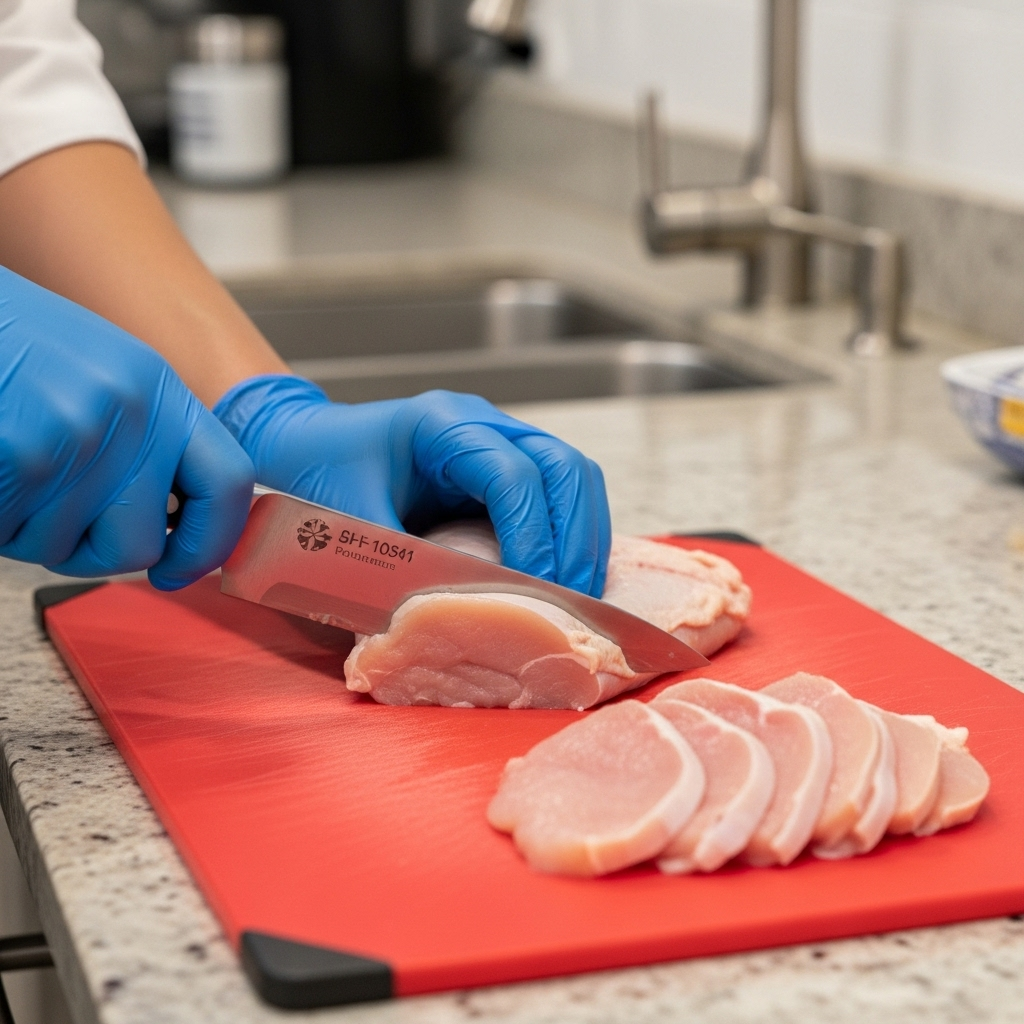
If preparing a homemade raw food diet for dogs, you must treat your kitchen like a surgical suite.
- Source carefully: Use human-grade meats from a reputable butcher.
- Prevent cross-contamination: Use dedicated cutting boards, knives, and bowls.
- Sanitise everything: Thoroughly wash all surfaces, utensils, and your hands with hot, soapy water after handling raw meat.
- Store properly: Keep raw food frozen until use and thaw it in the refrigerator.
- Dish Duty: Wash your dog’s bowl immediately after every meal.
At-Home Checklist: Are You Prepared for a Raw Food Diet?
Before you start, honestly assess if you can commit to the rigours of feeding a raw food diet for dogs.
- Have I consulted my veterinarian? We’ve discussed my dog’s specific health needs and the risks involved.
- Have I consulted a veterinary nutritionist? This is especially important for homemade diets.
- Is my household low-risk? Are there no young children, the elderly, pregnant, or immunocompromised individuals living here?
- Do I have the space? I have enough dedicated freezer space to store the food safely.
- Can I prevent cross-contamination? I have separate utensils and cutting boards and a plan for meticulous sanitation.
- Am I prepared for the cost? A quality raw food diet for dogs is typically more expensive than premium kibble.
- Do I have a travel plan? How will I safely store and feed raw food on the road?
Cost of a Raw Food Diet for Dogs in Canada
The cost can vary significantly based on your dog’s size, your location in Canada, and whether you choose a commercial brand or prepare it at home.
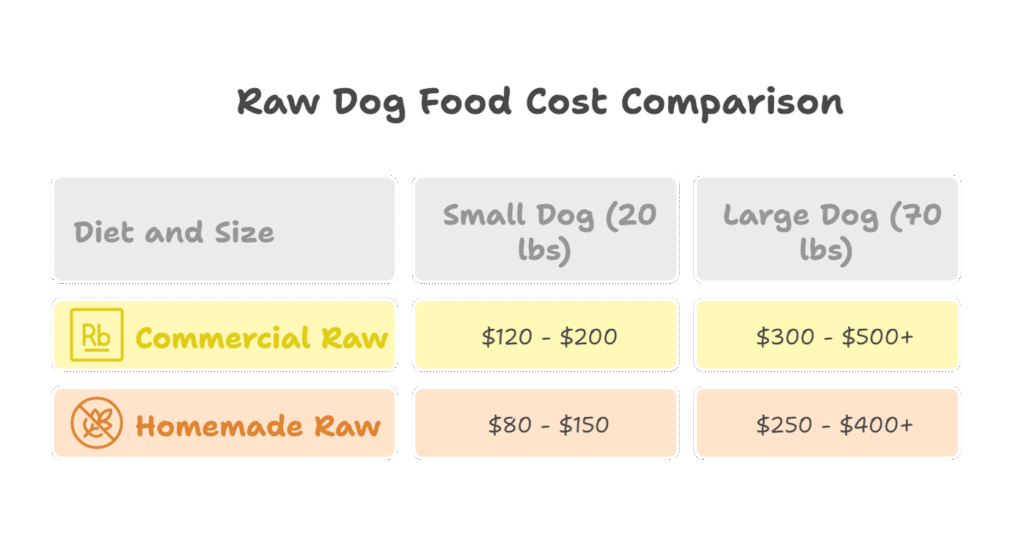
These are estimates as of 2024 and can fluctuate.
My Professional Recommendation: A Balanced Approach
As a veterinarian, I advocate for diets that have undergone rigorous testing and have a long track record of safety and nutritional adequacy. High-quality therapeutic and life-stage diets (kibble or canned) manufactured by reputable companies meet these standards.
For owners interested in the benefits of a less-processed diet without the risks of a raw food diet for dogs, there are excellent alternatives. Lightly cooked or fresh-frozen diets from reputable companies offer high digestibility and quality ingredients while eliminating the pathogen risk through a cooking step.
Ultimately, the best raw food diet for dogs is one that is safe, balanced, and appropriate for your specific dog. For the vast majority of pets, this means a scientifically formulated and cooked commercial diet.
Frequently Asked Questions (FAQs)
Is a raw food diet for dogs more “natural”?
While wolves eat raw prey, domestic dogs have evolved over thousands of years alongside humans. Their digestive systems have adapted, and what is “natural” for a wolf isn’t necessarily optimal or safe for a pet dog living in our homes.
Can a raw food diet for dogs help with allergies?
Sometimes, but it’s usually not because the food is raw. Food allergies in dogs are most often a reaction to a specific protein (like chicken or beef). Switching to a raw diet that uses a novel protein (like venison or duck) might resolve the symptoms, but a cooked diet with that same novel protein would likely have the same effect.
What are the signs of a foodborne illness from a raw diet?
Look for vomiting, severe or bloody diarrhoea, fever, lethargy, and loss of appetite. If you see these signs, contact your veterinarian immediately.
Are freeze-dried raw diets safer?
Freeze-drying removes moisture but does not kill bacteria. These diets can still carry the same contamination risks as a fresh raw food diet for dogs and must be handled with the same level of care.
Can I feed a raw food diet to my puppy?
This is strongly discouraged. Puppies have very specific and demanding nutritional requirements, particularly for skeletal development. A nutritional imbalance during this critical growth phase can have lifelong, devastating consequences.
Who should I consult before starting my dog on a raw food diet?
Your primary care veterinarian is the best place to start. They can assess your dog’s health and, if necessary, refer you to a board-certified veterinary nutritionist (a DACVIM-Nutrition or DACVN) who can help formulate a truly balanced diet if you decide to go the homemade route.
My ultimate goal is to ensure your dog lives a long, happy, and healthy life, and to protect the health of your human family members as well.
The decision to change your dog’s diet is a significant one. The most valuable step you can take is to have an open, honest conversation with your veterinarian. They are your best resource. Together, you can weigh the scientific evidence, consider your dog’s unique health profile and your family’s lifestyle, and make an informed choice that is truly in the best interest of your beloved companion.

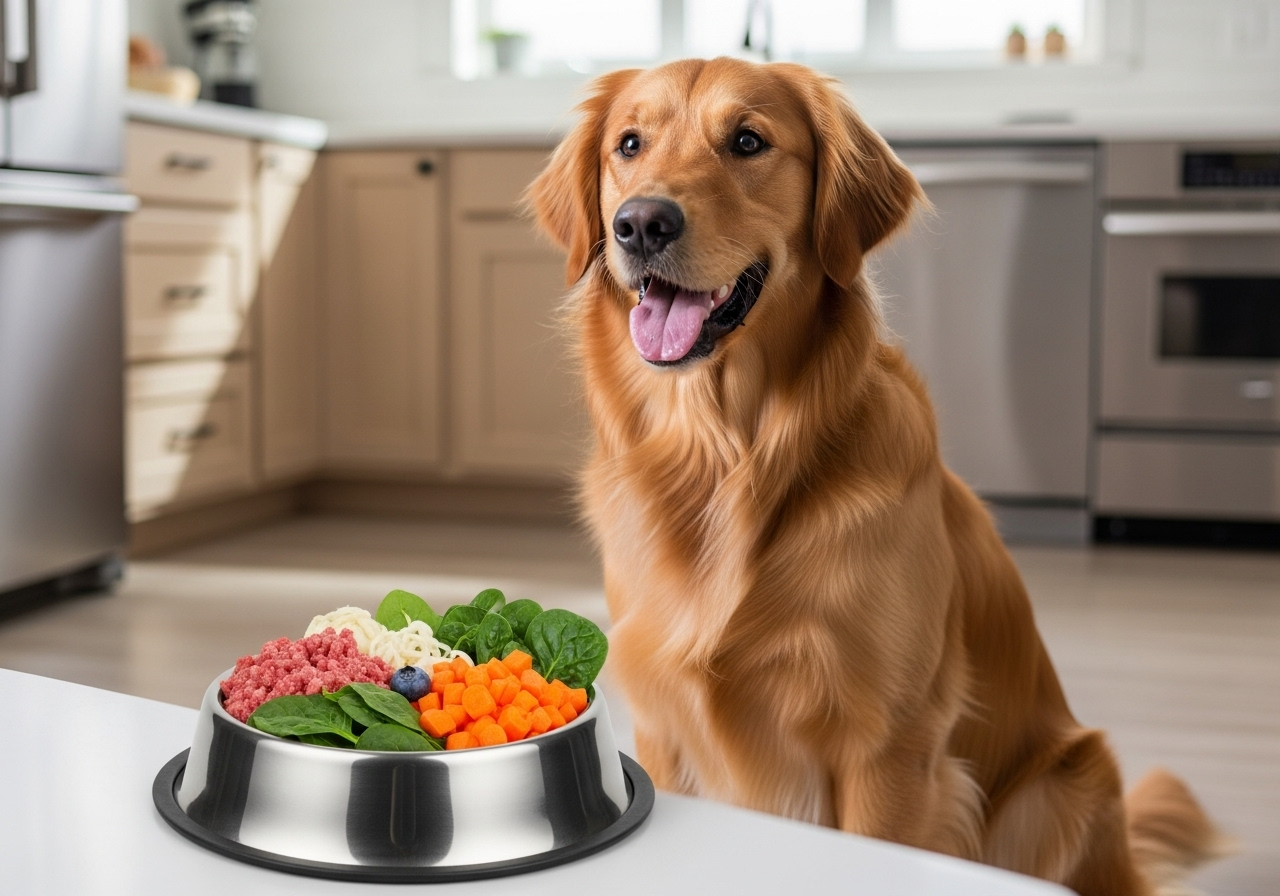


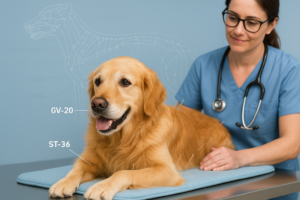
Pingback: Probiotics for Dogs: 7 Powerful Strains Backed by Science (2025)